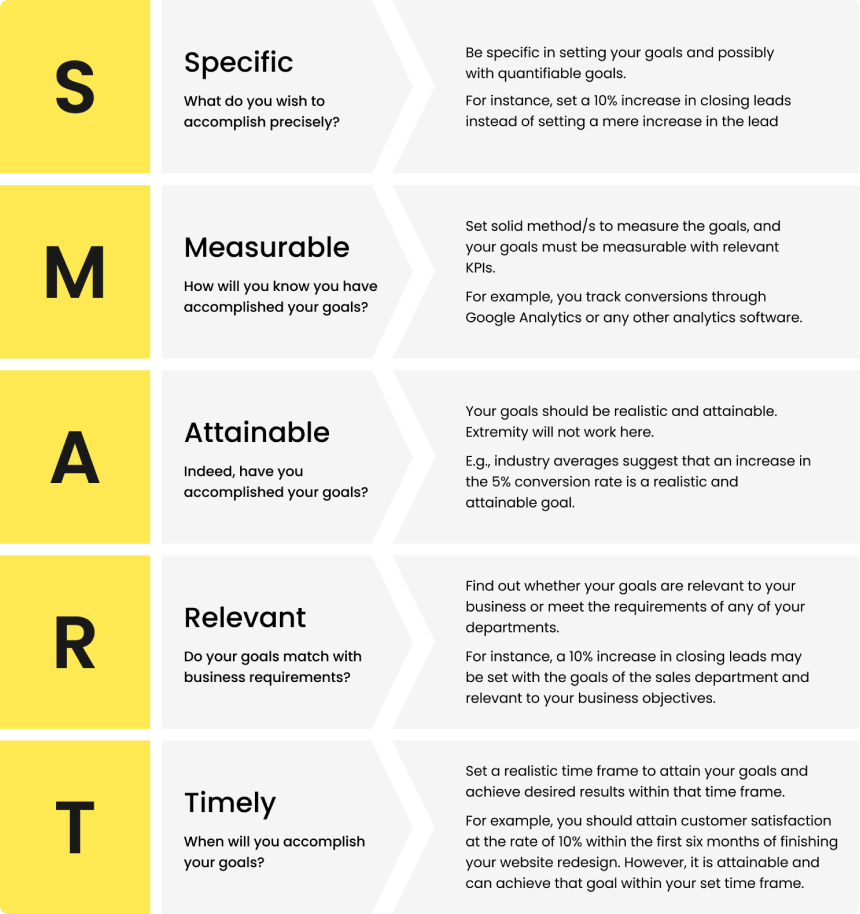Getting objective about your website – StartupSmart
If I had a dollar for each time someone asked me what I thought of their website, you would probably see me on the Forbes Rich List this year.
I ran a website design business through high school, logging on to the internet during free periods – and sometimes even during class – to help bring Australian businesses into the 21st century with a strong web presence.
The most challenging part of the business was convincing other businesses a website was a worthwhile investment.
These days, the idea of a business launching without a website is almost unheard of.
When I get asked: “What do you think of my website?” I always answer: “It doesn’t matter what I think. It matters what the visitors think.”
Your website is the single most important communication channel to potential customers, even if your business does not transact online.
You need to understand your online visitors and what they want. Don’t make this based on guesswork, gut feel or emotion.
Base these decisions on objective facts. Set up a tracking package to analyse how your visitors look at your site.
You can use a free tool like Google Analytics, which will give you a wealth of data at your fingertips, such as:
- How many visitors you get
- How long they spend on your site
- What pages they look at and for how long
- Which links are people clicking on
- Which pages cause someone to stay on your site for longer periods of time
- Which pages make them leave your site
Based on the information gleaned from tracking your website, you can make constant improvements to your site and improve the experience for your customers.
You will know which pages to keep on the site and which to remove. You’ll also know what content and pages needs to be improved.
A/B testing is a great way to constantly improve your website based on real information about what your visitors prefer – after all, your website visitors are the best judge of how good your website is.
A/B testing is all about creating two versions of the same page and then seeing which version has the best results with your customers.
You serve half your visitors version A, half your visitors version B. You collect the data from the experiment and you will instantly know which is more effective.
We know at kogan.com.au that a website is always a “work In progress.” We are constantly working out ways to improve our customer experience.
We’ve run A/B tests to determine everything from where we position our Facebook Like buttons, to where customers want to see product information, to what type of products our customers are most interested in.
Sometimes the facts about what your visitors do on you website will shock you. For instance, to subscribe to the Kogan newsletter, we thought if we made people enter as little information as possible, they would be more likely to sign up.
We tested this with A/B testing where one iteration of the site required visitors to only enter their email address, with another requiring a name along with the email address.
We were surprised to find that people were 34% more likely to subscribe when they had to give their name as well, because they knew it would lead to more personalised service.
Another example of an A/B test we’ve run and were shocked by the results was deciding where to put the tabs (such as overview, specs, warranty, etc.) on our product pages.
We thought they looked much better on the side but the results showed customers were more accustomed to having these along the top of the page.
This then resulted in customers being able to find information they need much quicker and with greater ease.
It also reduced the number of questions that were sent to our customer service team.
Ever wondered why sometimes you see a change to the Facebook interface but your friends don’t?
That’s because Facebook is doing A/B testing to ensure any change they implemented is an improvement to the user experience.
This is also why you’ll never see Facebook react to groups set up like “Petition to change Facebook interface back to the old one” – Facebook don’t ‘think’ their website changes are improvements, they ‘know’.
Having a strong web presence means constant change. We make improvements to Kogan.com.au on a daily basis, and this never stops.
We believe and live by the philosophy that “there is always a better way”.
This advice isn’t just for online businesses. The online GST debate shows us that consumers look everywhere for the best deal.
Whether you’re business to business or consumer facing, I can guarantee you that your potential customers or clients are researching your business online.
If your website is not up to scratch, your visitors will go elsewhere.
If you manage a website, there is no longer any point in asking others what they think of it.
We now have the tools to progress past the age of “thinking” what is best (through surveys and focus groups) to “knowing” what is best through objective, unbiased and comprehensive evidence.
Ruslan Kogan is the founder of online tech retailer Kogan. He is on Twitter too – @ruslankogan

